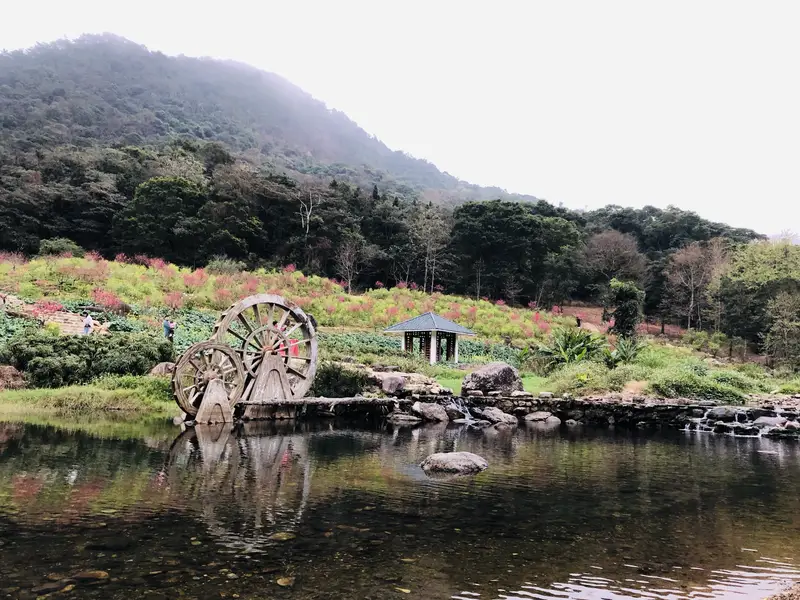Location & Access
Big Tiger Island, known locally as Dàhǔ Dǎo, sits in the pearl river estuary near Guangzhou’s Nansha District. This uninhabited island covers 1.2 square kilometers and feels worlds away from the city’s hustle. To reach Big Tiger, you’ll need to take a ferry or speedboat from Nansha Wharf (around 1–2 hours). Some tours include guided trips, but adventurous travelers can rent boats privately. Pro tip: Check tides and weather—nature here is wild!
Natural Wonders
Big Tiger’s charm? Its rusty-red sandstone cliffs! The island’s shape resembles a crouching tiger, hence the name. Walk along trails carved by wind and waves, and snap photos of rock formations that look like the tiger’s “stripes” and “paws.” Despite being small, the island hosts tough vegetation—mangroves, palms, and shrubs—that cling to life. Keep eyes peeled for herons, crabs, and maybe even dolphins leaping in the waters!
History & Human Touches
Though uninhabited, Big Tiger whispers stories of the past. Climb up to the Big Tiger Hill Fortress, a century-old military remnant used during coastal defense. The crumbling walls and old cannons (now rusted) let you imagine watchful soldiers. Locals also use the island for fishing and aquaculture—you might spot floating farms or nets drying in the sun.
What to Bring & Expect
Big Tiger is raw and unspoiled. No hotels, restaurants, or shops—so pack essentials: water, snacks, sunscreen, hats, and sturdy shoes. Portable toilets might be set up by tour groups, but plan for a day trip. The lack of crowds makes it perfect for peace-seekers, but be ready for occasional bugs and rough terrain.
Why Visit Big Tiger?
For a break from touristy spots, Big Tiger offers authenticity. Whether you’re into hiking, history, or “desert island” vibes, it’s a retreat into nature. Just remember: leave no trace, respect wildlife, and treat this fragile spot with care. As one local says, “Big Tiger isn’t tamed—it’s a wild beauty.”
Come curious, leave inspired. Happy travels!



















